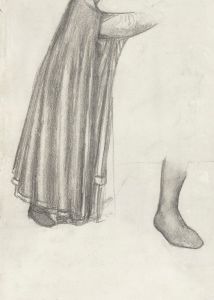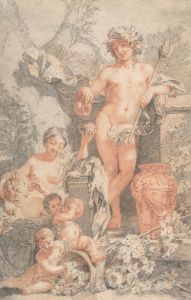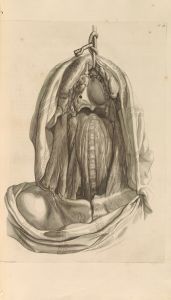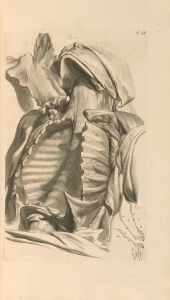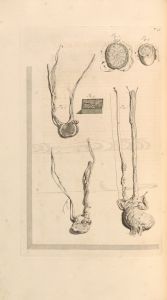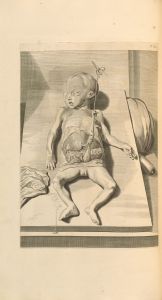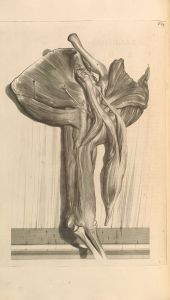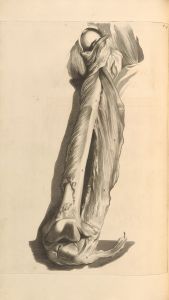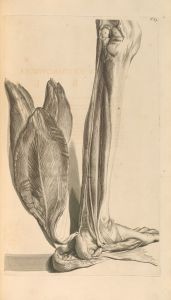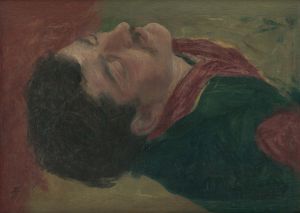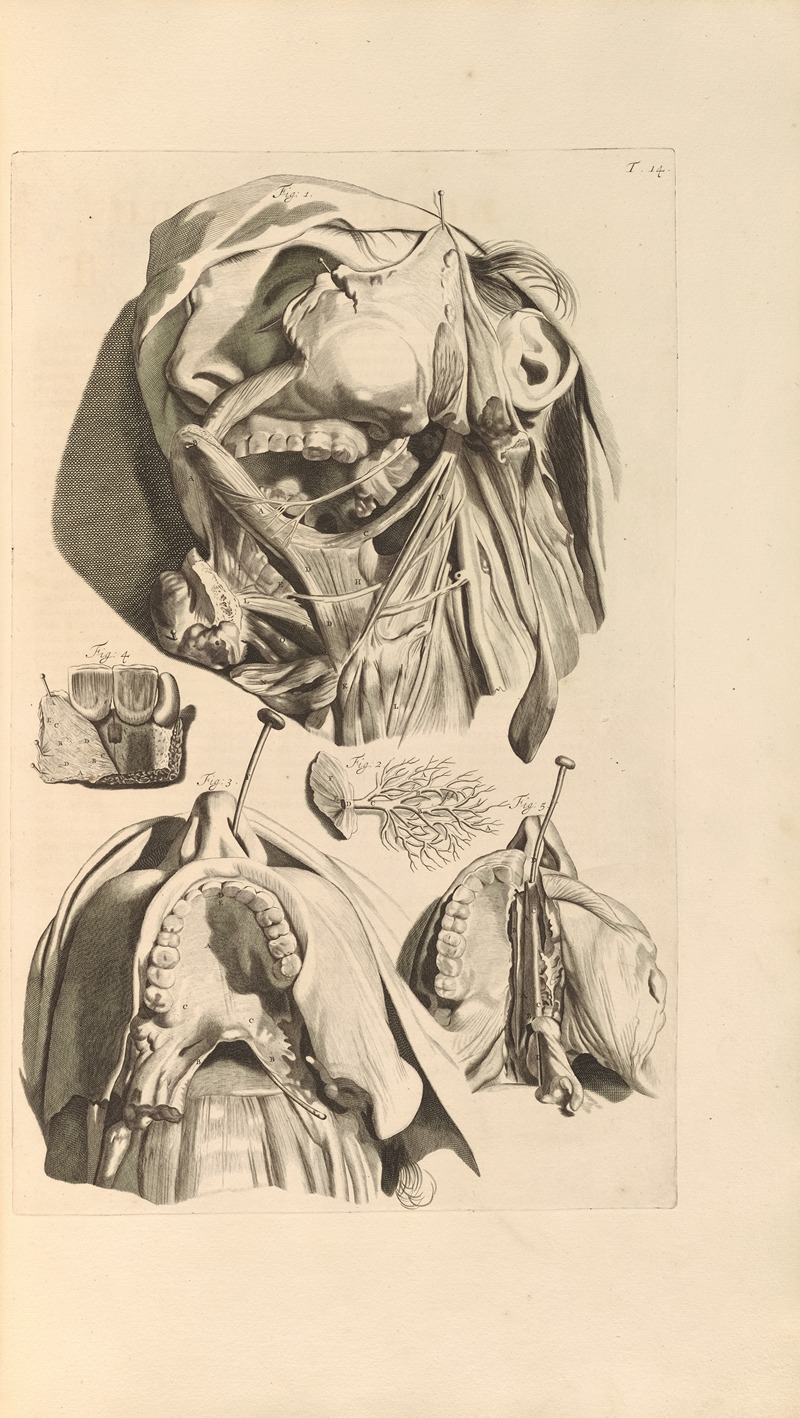
Anatomia humani corporis Pl.015
A hand-painted replica of Gerard de Lairesse’s masterpiece Anatomia humani corporis Pl.015, meticulously crafted by professional artists to capture the true essence of the original. Each piece is created with museum-quality canvas and rare mineral pigments, carefully painted by experienced artists with delicate brushstrokes and rich, layered colors to perfectly recreate the texture of the original artwork. Unlike machine-printed reproductions, this hand-painted version brings the painting to life, infused with the artist’s emotions and skill in every stroke. Whether for personal collection or home decoration, it instantly elevates the artistic atmosphere of any space.
Gerard de Lairesse (1640–1711) was a Dutch Golden Age painter and engraver, known for his classical and academic style. He contributed significantly to the fields of art and anatomy through his collaboration with medical professionals. One of his notable works is the illustration "Anatomia humani corporis Pl.015," which was created as part of a larger project to depict human anatomy with scientific accuracy and artistic refinement.
This illustration is part of the atlas Anatomia Humani Corporis (1685), a seminal work in anatomical studies authored by the Dutch anatomist Govard Bidloo. The atlas contains 105 copperplate engravings, many of which were based on dissections and were designed to provide a detailed and accurate representation of the human body. Gerard de Lairesse was commissioned to create the original drawings for these engravings, which were later etched by Abraham Blooteling and other skilled engravers.
"Anatomia humani corporis Pl.015" is one of the plates from this collection. It exemplifies the collaboration between art and science during the 17th century, a period when anatomical studies were advancing rapidly. The illustration showcases a specific part of the human anatomy, rendered with meticulous detail and artistic sensitivity. De Lairesse's work is characterized by its clarity, precision, and aesthetic composition, which were intended to make the anatomical content both scientifically useful and visually engaging.
The atlas was groundbreaking in its time, but it also faced criticism for its graphic and sometimes dramatic presentation of cadavers. Some critics argued that the artistic embellishments detracted from the scientific purpose of the work. Despite this, the atlas remains an important historical document, reflecting the intersection of art, medicine, and education in the late 17th century.
Gerard de Lairesse's contributions to Anatomia Humani Corporis highlight his versatility as an artist and his ability to adapt his skills to scientific endeavors. His work on this project is considered a significant achievement in the history of anatomical illustration, influencing subsequent generations of artists and anatomists.





